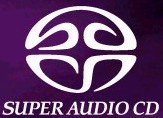
Philips and Sony have cooperated in developing the Super Audio Compact Disc SACD, incorporating the newest technology and modern optical disc storage. By using a completely different system of encoding, the Direct Stream Digital DSD, it avoids many of the limitations of physics, electronics, and manufacturing technology inherent to the current method of PCM recording used for CDs and other current digital audio applications. DSD uses a different audio coding method during the recording process as the traditional PCM.
The SACD is essentially a DVD, it uses the same sector size, error correction and modulation as a DVD disc and the same file system (UDF plus ISO 9660), but the information contained on the format is using the Direct Stream Digital DSD technology.
The SACD specification is contained in the Scarlet Book.

The traditional PCM is the encoding standard used for CD, DVD-Audio and DVD-Video. The Compact Disc CD is the wellknown optical disk storage media that is designed to store audio, video, and computer data in a digital format. CD's have a capacity to store 650 Mb (Megabytes) of data. The digital information in a standard audio CD is encoded in the PCM format.
The main problem with standard PCM technology is that it requires brick wall filters to block frequencies above 20kHz, which is difficult to build and it requires the addition of re-quantization noise for its decimation (down-sampling) and interpolation (up-sampling) digital filters. These problems limit the actual fidelity of the reproduced audio.
PCM systems have a dynamic range and signal resolution fixed by the length of the digital word.
![]() See: Bits per Sample.
See: Bits per Sample.
When the CD format was created in the early 80's, digital technology was at the beginning and the format was forever frozen at 16bit/44kHz. Uncritical listeners don't notice any of the problems but certain people and most music producers do. Especially the low-level performance of PCM technology, the last 20 or 30 dB, of 16 bit, 44.1 kHz digital audio is more or less unusable for music reproduction.
The DSD converter uses oversampling and delta sigma modulation and eliminates several stages in the recording process, enabling a one-bit signal to be directly written to the storage medium with a sampling rate of 2.8224 MHz. DSD systems only consider the change in amplitude from sample to sample 2.8 million times per second. Thus, they can record the signal in any number of relative steps rather than having to determine which of a fixed number of amplitude values best describes the signal at any given sample point. Such a high sample rate allows the system to record frequencies far beyond the scope of human hearing. The result is a frequency response of up to 100kHz and a dynamic range greater than 120 dB.

Due to the inherently different nature of DSD from PCM information, DSD data cannot be processed using "traditional" PCM-based processors. A complete new technology was needed to be developed.
Three types of SACDs exist: Single-Layer high density, Dual-Layer high density and hybrid discs. Single-Layer and Dual-Layer are used if only DSD data is to be recorded on the disc.
A hybrid disc contains two discrete layers of data, the top layer of data is Red Book audio compatible with existing CD players and the bottom layer is the SACD layer where the high-resolution DSD data is stored. Loading a hybrid disc into a traditional CD player, the bottom layer is ignored and the disc is played as a 16-bit/44.1 kHz Audio-CD (even the standard CD layer of the SACD benefits from the DSD technology, during the down-converting through the Sony Super Bit Mapping Direct process, the CD layer keeps much of the smooth, analog-like quality of the DSD recording).
When placed in an SACD player, the bottom layer with the DSD recording is read only. All regularly sold SACDs should be hybrid discs, to guaranty that they can be played in any regular CD-player as well.
Sony and Philips intend to support six audio channels in addition to the two channels for DSD. Copy-protection schemes are also included in the format. DSD compresses the data resulting in a 2:1 data reduction.
Despite the connection between SACD and DSD, DSD is an independent format that can be used without the SACD itself. There are already some DSD recorders (stereo and multitrack) on the market and it seems that it will become the best choice for top-quality audio recordings.
Mytek Digital DSD Master Recorder
Tascam DSD-98